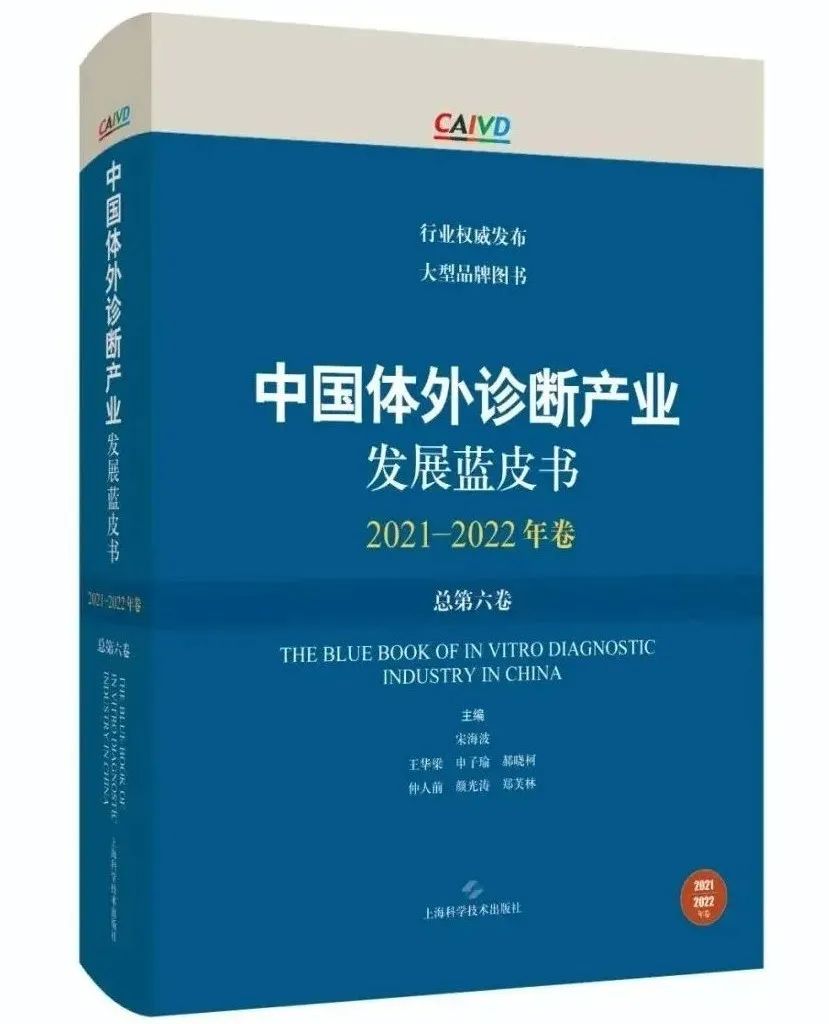
Respiratory viral infections pose a significant challenge to global public health, and rapid and accurate detection is crucial for timely diagnosis and treatment. Traditional detection methods such as ELISA and PCR have limitations including complex operations and long processing times. Lateral flow immunoassay (LFA) test strips have become an ideal instant detection technology due to their simplicity and speed, but sensitivity needs improvement. The introduction of nanozymes provides a new approach to enhance LFA performance, but designing efficient nanozymes and integrating them into LFA for ultra-sensitive detection remains a challenge. Therefore, developing novel high-efficiency nanozymes and applying them to LFA for ultra-sensitive rapid detection of respiratory viruses is of great scientific significance and application value for improving disease diagnosis efficiency and public health.
Recently, Professor Gu Bing and his research team at Guangdong Provincial People’s Hospital developed a 3D film-like nanozyme (GO−Pt30−AuPt5) for ultra-sensitive immunochromatographic detection of respiratory viruses. This nanozyme significantly improves detection sensitivity by assembling platinum and gold@platinum nanoparticles on a two-dimensional graphene oxide nanosheet. Studies show that GO−Pt30−AuPt5 can achieve simultaneous detection of two important respiratory viruses with a sensitivity of 1 pg/mL, about 100 times higher than traditional methods. Clinical validation demonstrated excellent performance in 49 real samples, showcasing its broad application potential in pathogen screening. The related results were published in ACS Nano under the title “3D Film-Like Nanozyme with a Synergistic Amplification Effect for the Ultrasensitive Immunochromatographic Detection of Respiratory Viruses” (CAS Top Journal).
GO−Pt30−AuPt5 nanozyme is prepared by assembling 30 nm platinum nanoparticles and 5 nm gold@platinum nanoparticles on a two-dimensional graphene oxide nanosheet. This nanozyme exhibits a three-dimensional structure with good flexibility and high surface area, allowing for high dispersion in water. Research shows that GO−Pt30−AuPt5 exhibits strong chromogenic and catalytic activity in catalytic reactions, effectively enhancing the detection sensitivity for respiratory viruses, demonstrating its potential for rapid, simple, ultra-sensitive pathogen screening in clinical samples.
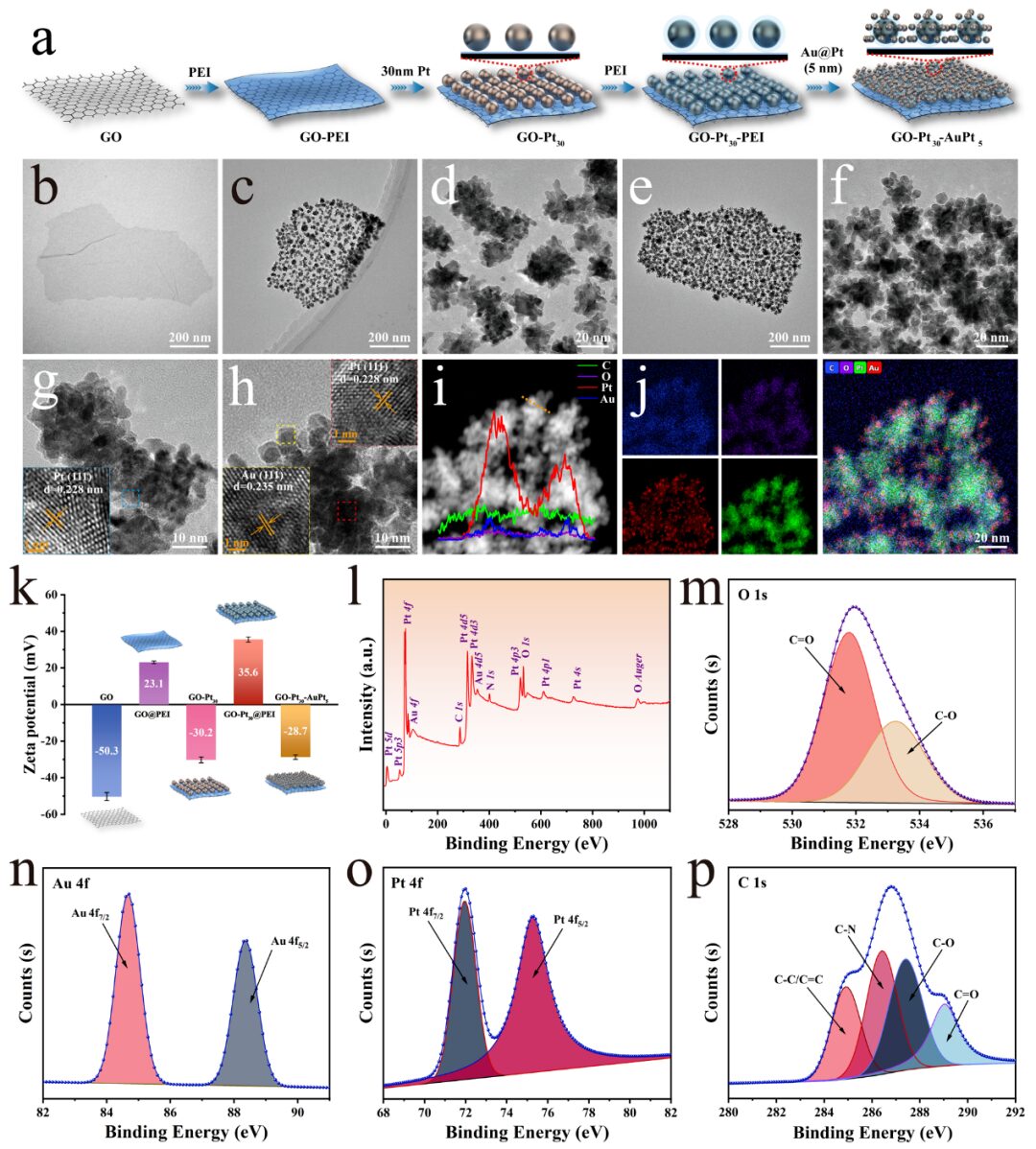
Figure 1. Preparation and characterization of film-like GO-Pt30-AuPt5 nanozyme.
This study developed various types of nanozymes to evaluate their enzymatic activity, including GO−Pt30, GO−AuPt5, GO−Pt30−Pt30, GO−AuPt5−AuPt5, and GO−Pt30−AuPt5. Results indicate that GO−Pt30−AuPt5 nanozyme exhibits the highest catalytic activity, significantly outperforming other types. The differences in catalytic performance among different nanozymes mainly stem from their structure and composition. By combining 30 nm platinum nanoparticles with 5 nm gold@platinum nanoparticles, GO−Pt30−AuPt5 not only increases catalytic sites and reaction interfaces but also significantly enhances its catalytic efficiency, exhibiting high sensitivity and excellent catalytic capability. Additionally, the catalytic efficiency of GO−Pt30−AuPt5 far exceeds that of traditional peroxidase, demonstrating its broad application potential in biosensing and disease detection.
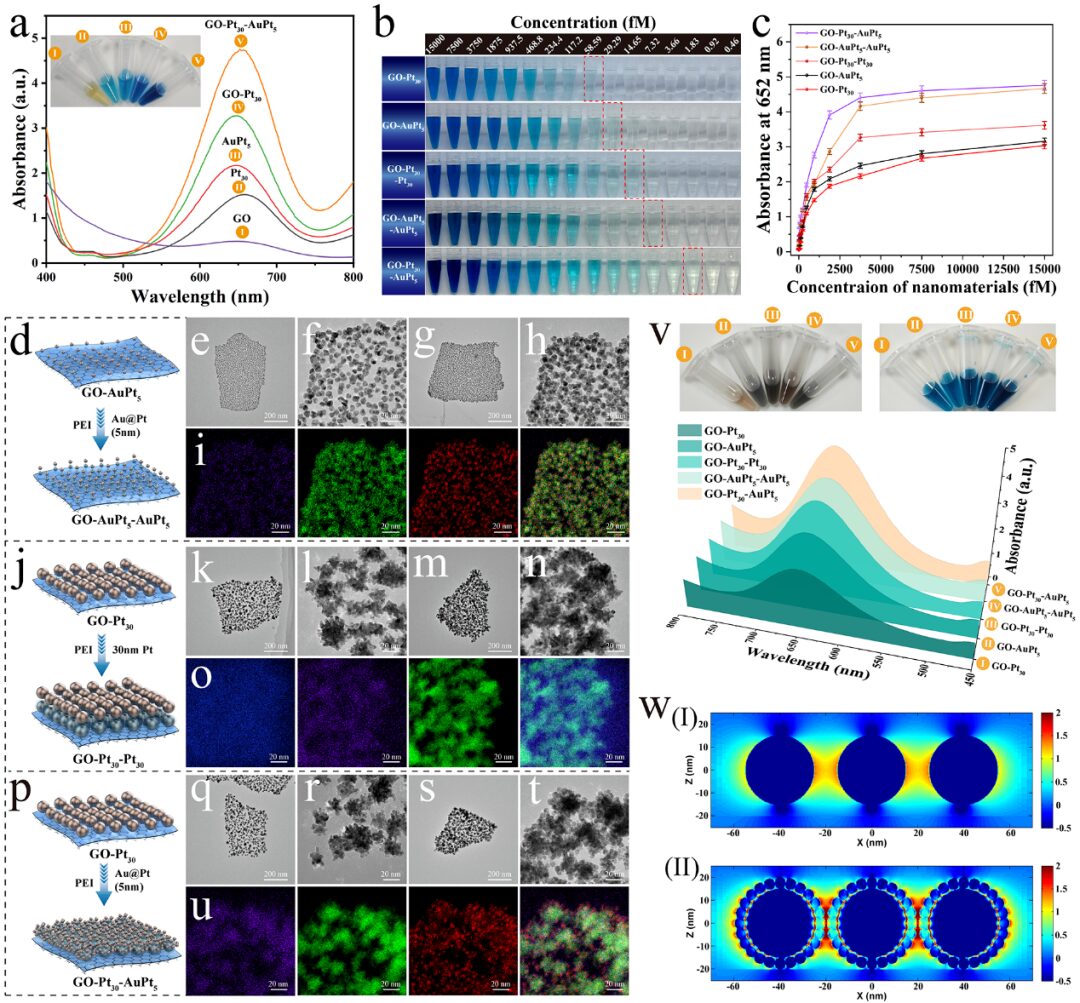
Figure 2. Evaluation of peroxidase-like activity of GO-based film nanozymes.
GO-Pt30-AuPt5 nanozyme is prepared through PEI-mediated self-assembly, combining the excellent catalytic performance of platinum and gold@platinum nanoparticles. This nanozyme achieves targeted binding through antibody modification, constructing a double-antibody sandwich immunodetection model to enhance specificity and signal amplification for SARS-CoV-2 and H1N1.
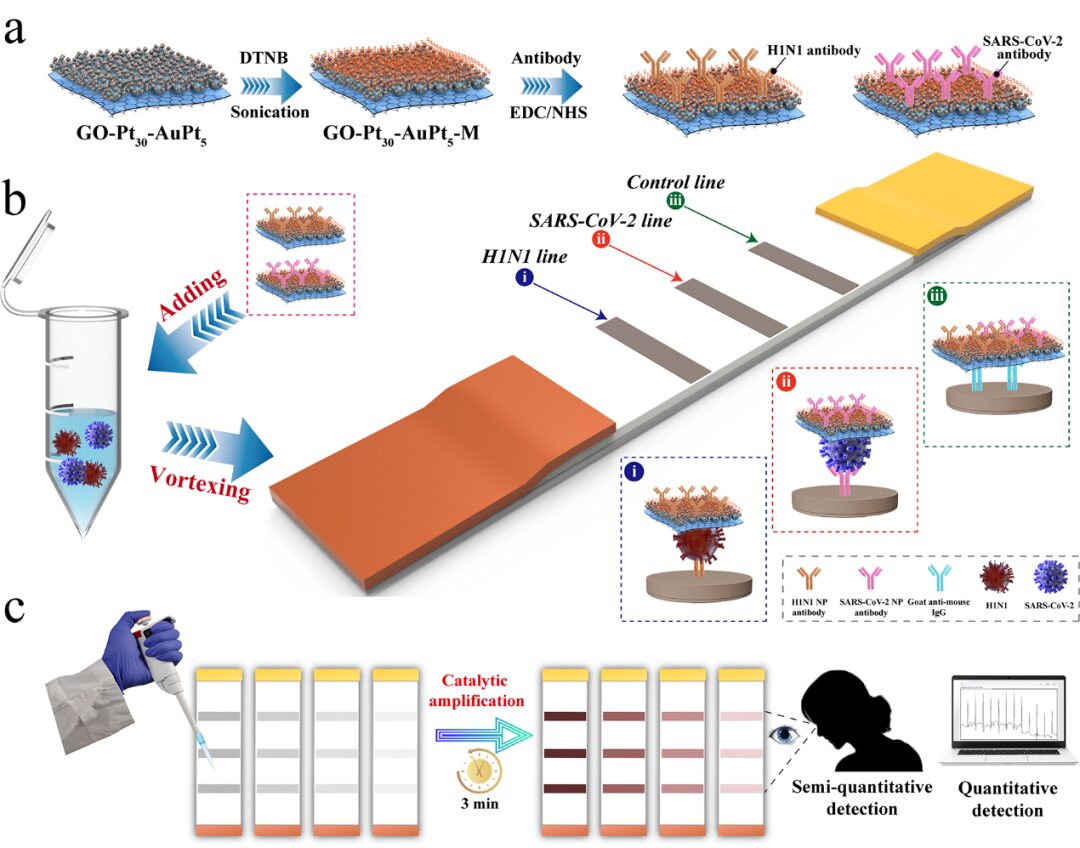
Figure 3. Schematic diagram of the preparation of antibody-modified GO-Pt30-AuPt5, and the structural design and detection model based on this nanozyme for detecting SARS-CoV-2 and H1N1.
GO-Pt30-AuPt5 nanozyme exhibits excellent catalytic activity on the AEC substrate, rapidly decomposing H2O2 to generate OH radicals, thereby catalyzing the oxidation reaction of AEC to form an insoluble brown-red precipitate. This catalytic process not only significantly enhances the detection signal but also improves the sensitivity and specificity for the target viruses, aiming to achieve rapid and sensitive detection of SARS-CoV-2 and H1N1.
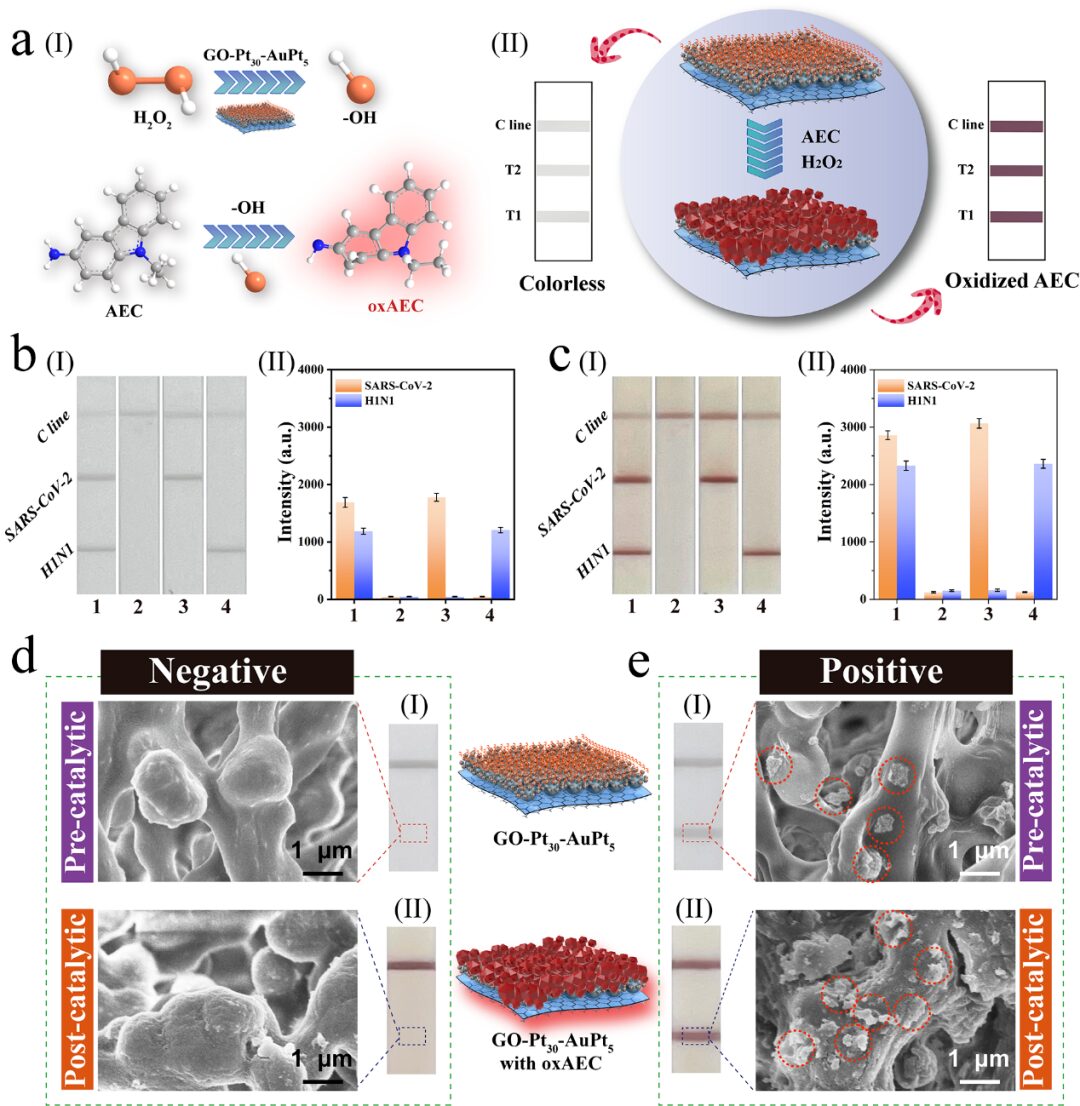
Figure 4. Catalytic activity characterization of GO-Pt30-AuPt5 nanozyme on LFA strips.
When detecting different concentrations of SARS-CoV-2 and H1N1, GO-Pt30-AuPt5 nanozyme demonstrates excellent performance. Prior to the catalytic reaction, the nanozyme produces a significant black signal at high virus concentrations, which gradually weakens as the virus concentration decreases, ultimately becoming colorless at concentrations below 0.5 ng/mL. After the catalytic reaction, the signal intensity of the T line significantly increases, greatly expanding the detection range. In catalytic mode, the detection limits of this method are 0.0013 ng/mL and 0.00084 ng/mL, showing extremely high sensitivity and a wide dynamic detection range, suitable for rapid and accurate detection of respiratory viruses.
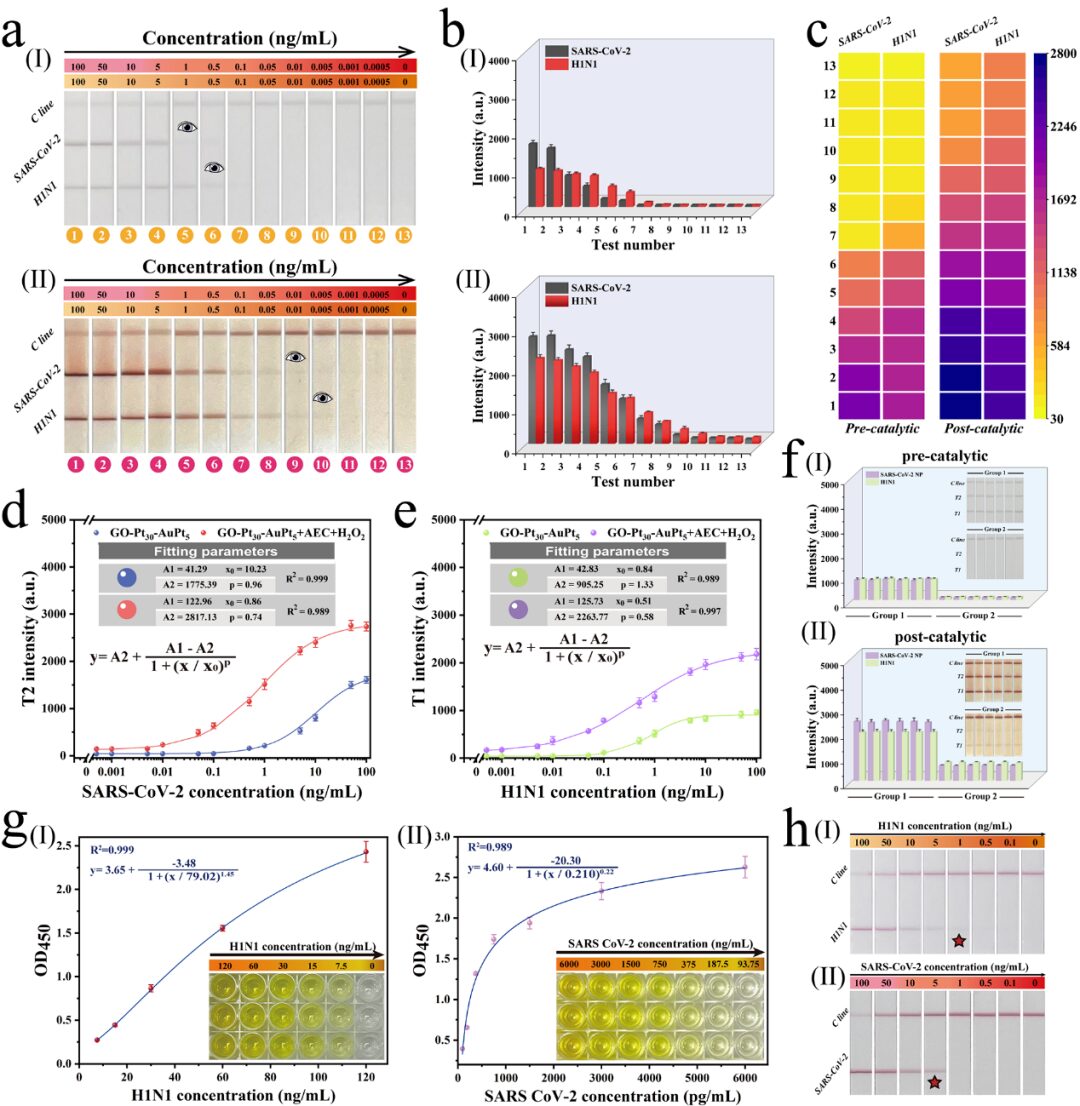
Figure 5. Detection effect of GO–Pt30–AuPt5-LFA for SARS-CoV-2 and H1N1.
In the detection of real clinical samples, GO-Pt30-AuPt5 nanozyme successfully identified positive pharyngeal swab samples for H1N1 and SARS-CoV-2, with all positive samples showing significant T line signals, indicating a 100% detection rate, validating its accuracy and reliability in clinical applications.
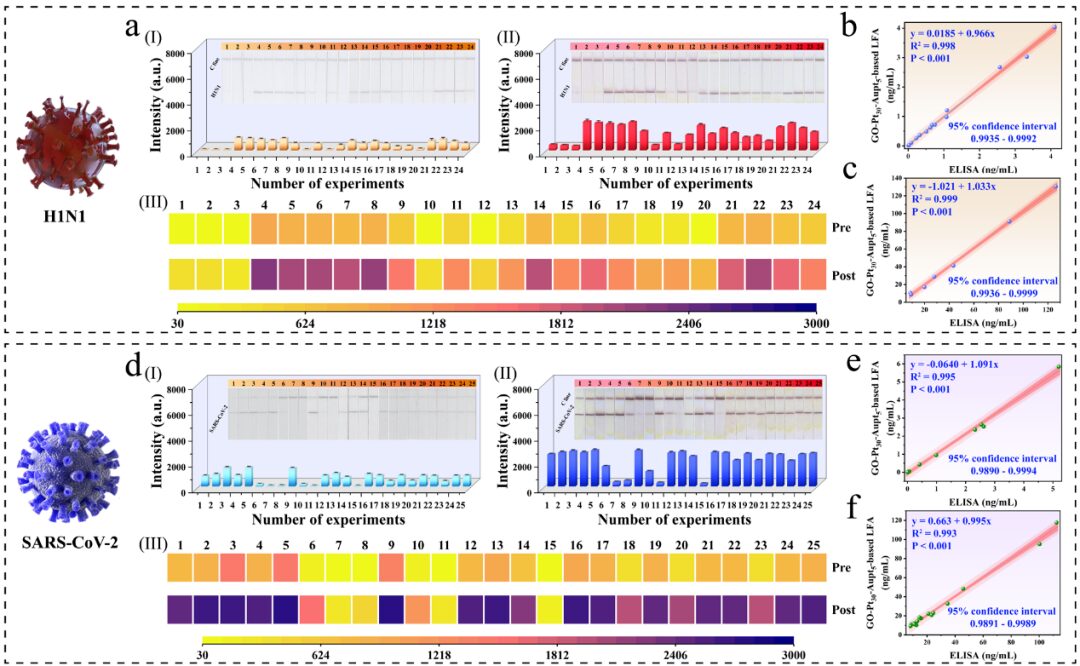
Figure 6. Detection results of GO–Pt30–AuPt5-LFA for two target viruses in actual samples.
In summary, this study successfully developed the GO-Pt30-AuPt5 three-dimensional nanozyme, significantly enhancing the detection sensitivity and range for H1N1 and SARS-CoV-2. The effective application of this nanozyme in real clinical samples demonstrates its potential for rapid and accurate virus detection, providing reliable technical support for pathogen screening.

Author Information

Gu Bing
Director of the Laboratory Department at Guangdong Provincial People’s Hospital, Leader of the Discipline.Chief Scientist of the National Key R&D Program, Leading Talent of the Guangdong Provincial “Pearl River Talents Plan”, Key Talent of Jiangsu Province “Science and Education Strong Health” Medical Project, “333 Project” Talent, “Six Major Talent Peaks” Talent, High-level Health Talent of “Six One Project”.Currently serves as the Chair of the Clinical Microbiology and Infection Precision Testing Committee of the China Human Body Science and Technology Health Promotion Association, Vice President and Secretary General of the Laboratory Medicine Branch of the China Medical Equipment Association, Member of the Laboratory Physician Branch of the China Physician Association, Member of the Youth Committee of the Laboratory Branch of the Chinese Medical Association, Expert of the Technology Transfer and Transformation Expert Database of Guangzhou National Laboratory, Director of the Guangdong Provincial Clinical Genetic Testing Quality Control Center, and General Director of AME Academic Salon.Executive Editor of J Lab Precis Med, Editorial Board Member of the SCI journal J Thorac Dis, and Editor-in-Chief of Annals of Infection.
Mainly engaged in research on new technologies for rapid detection of infectious diseases and prevention and control of drug-resistant bacterial infections, presiding over 2 projects of the National Ministry of Science and Technology Key R&D Program, 5 projects of the National Natural Science Foundation, and 8 provincial and ministerial projects;Participated in 1 project of the National Ministry of Science and Technology Key R&D Program.Published 212 papers as the first or corresponding author, including 141 SCI papers in authoritative journals in the field such as Lancet Microbe, Nat Commun, Nucleic Acid Res, ACS Nano, Small, Biosens Bioelectron, Emerg Microbes Infect, among which 80 are in JCR Zone 1, 32 in JCR Zone 2, 31 in CAS Zone 1, 16 with an impact factor above 10, with a total impact factor of 734; published 17 papers in Chinese journals, with an H-index of 45 and a total citation frequency of over 5340 times;Authored or co-authored 41 academic monographs and textbooks, of which 18 are chief or deputy chief editors;Participated in the compilation of 16 expert consensus of industry guidelines and 6 group standards;Holds 10 authorized patents;Received the second prize of Jiangsu Provincial Science and Technology Award, two third prizes of Jiangsu Provincial Medical Science and Technology Award, and six awards for the introduction of new medical technologies in Jiangsu Province.

Wang Chongwen
Associate Researcher of the Laboratory Department at Guangdong Provincial People’s Hospital, PI in the direction of new detection technologies, mainly engaged in research on molecular diagnostic new technologies, immunochromatographic on-site detection, new biosensing technologies, and rapid detection of pathogenic microorganisms.Developed a series of new materials and technologies for ultra-sensitive immunochromatographic detection to achieve high-sensitivity rapid detection of pathogenic microorganisms (bacteria, viruses), biomarkers, toxins (fungal toxins, war agent toxins), novel coronavirus antigens and their IgM/IgG antibodies in complex environments and clinical samples.Published 55 papers as the first author (first rank) or corresponding author in well-known SCI journals such as ACS Nano, Small, Biosens Bioelectron, Chem Eng J, Anal. Chem., Nano Res, J Hazard Mater, ACS Appl. Mater. Interfaces, Nanoscale, Sensor Actuat B-Chem, among which 38 are in CAS Zone 1, 18 with an impact factor above 10, and selected as 8 ESI highly cited papers, with an H-index of 43, total citations exceeding 5400 times, ranked among the top 2% of scientists globally (2023).Presided over 5 research projects including National Natural Science Foundation General, Youth, etc., concurrently serving as a member of the Biomarkers Committee of the China Research Hospital Association, a member of the Laboratory Medicine Branch of the China Medical Equipment Association, and a member of the On-Site Rapid Detection (POCT) Branch of the China Medical Device Industry Association.
Zheng Shuai
Associate Researcher at the Anhui Institute of Optics and Fine Mechanics, Hefei Institutes of Physical Science, mainly engaged in the preparation of composite nanomaterials, new molecular diagnostic technologies, high-sensitivity immunochromatographic technologies, new biosensing technologies, and rapid detection of environmental hazards.Developed a series of new materials and technologies to enhance the sensitivity of immunochromatographic detection.These innovations aim to achieve high sensitivity and rapid detection of small molecular hazards (including fungal toxins, antibiotics, heavy metals) in complex environments and pathogenic microorganisms (such as bacteria and viruses) in clinical samples.In recent years, presided over one project of the National Natural Science Foundation Youth Science Fund and one project of the 74th batch of the China Postdoctoral Science Foundation.Published 25 SCI papers related to ultra-sensitive immunochromatography, among which 10 papers are published as the first author and corresponding author in high-level journals in the field such as ACS Nano, Chem Eng J, Sensor Actuat B-Chem, Food Chem.
Source: Major Testing
Editor: Xue Mo | Proofreader:Tian Bao | Editor: Xiao Zhou
Submission Email: [email protected]
